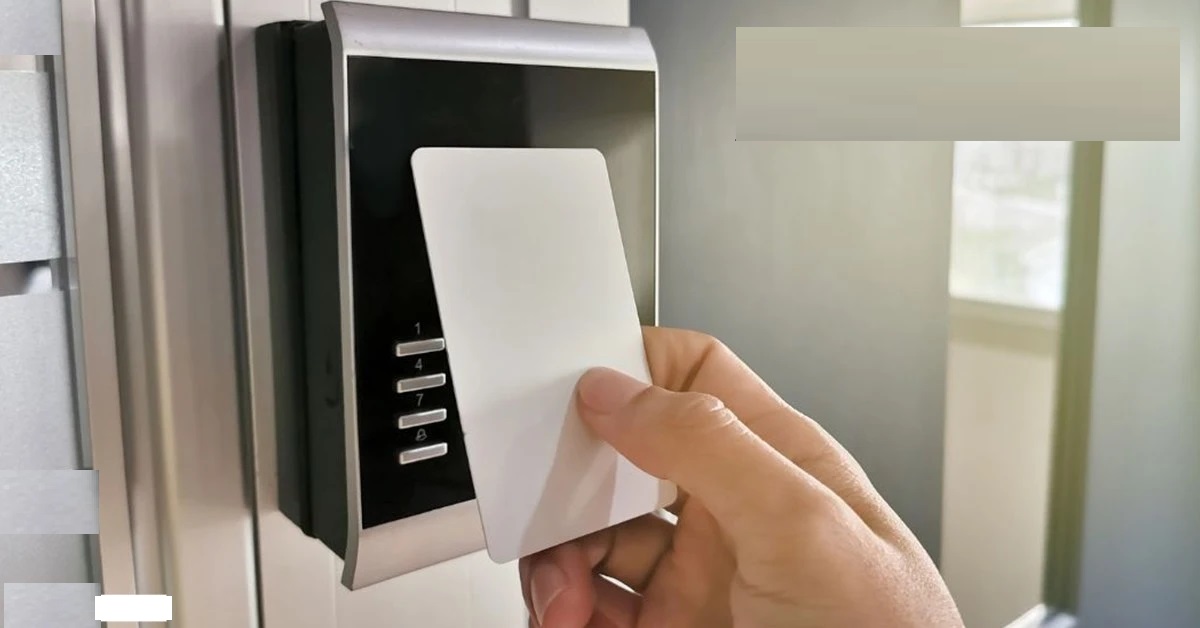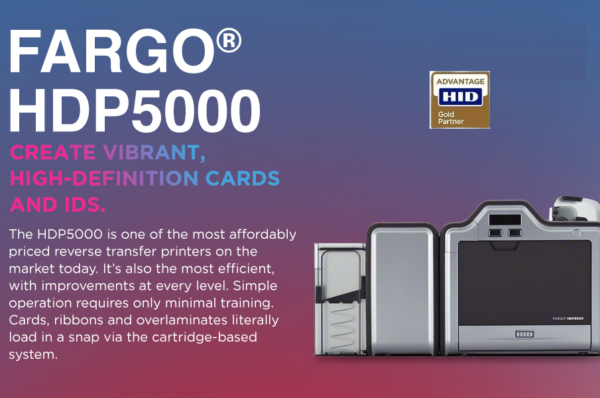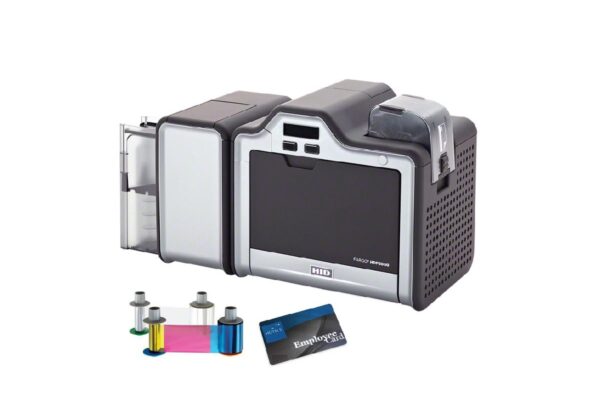The RFID smart card reader is device that utilize electromagnetic fields to identify and track tags attached to objects. These readers are commonly used in various applications, including:
- Access control: For granting or denying access to buildings, rooms, or restricted areas.
- Time and attendance tracking: To monitor employee work hours.
- Supply chain management: For tracking inventory and preventing theft.
- Payment systems: As contactless payment cards.
- Transportation: For public transport ticketing and toll collection.
How RFID Smart Card Readers Work
- Tag Activation: RFID smart card reader emits a radio signal that activates the RFID tag on the card.
- Data Transmission: The tag responds by sending its stored data back to the reader.
- Data Processing: The reader decodes the received data and processes it according to the programmed application.
Types of RFID Smart Card Readers
- Contactless readers: These type of readers do not require physical contact between the card and the reader. These are more convenient and durable than contact readers.
- Contact readers: These readers require the card to be inserted into a slot for data transmission. These are often used in older systems.
Best Key Features of RFID Smart Card Readers:
- Read range: The distance at which the reader can detect and read the tag.
- Frequency: The frequency of the radio waves used for communication (e.g., 125 kHz, 13.56 MHz).
- Data capacity: The amount of data that can be stored on the RFID tag.
- Security: The level of protection against unauthorized access or tampering.



